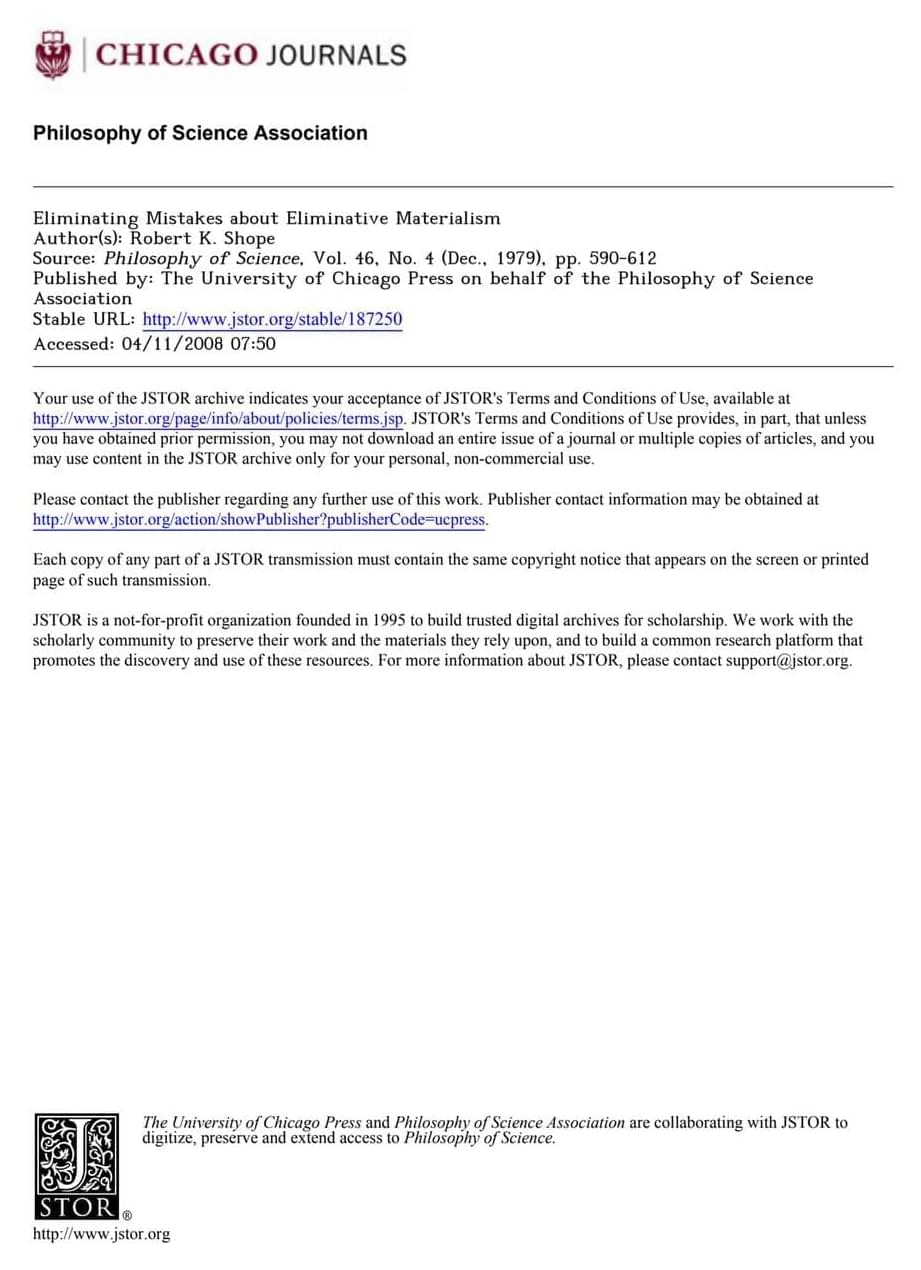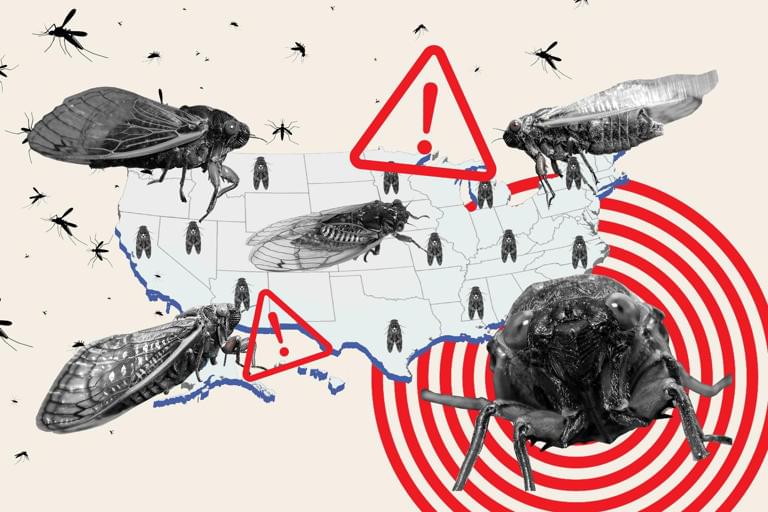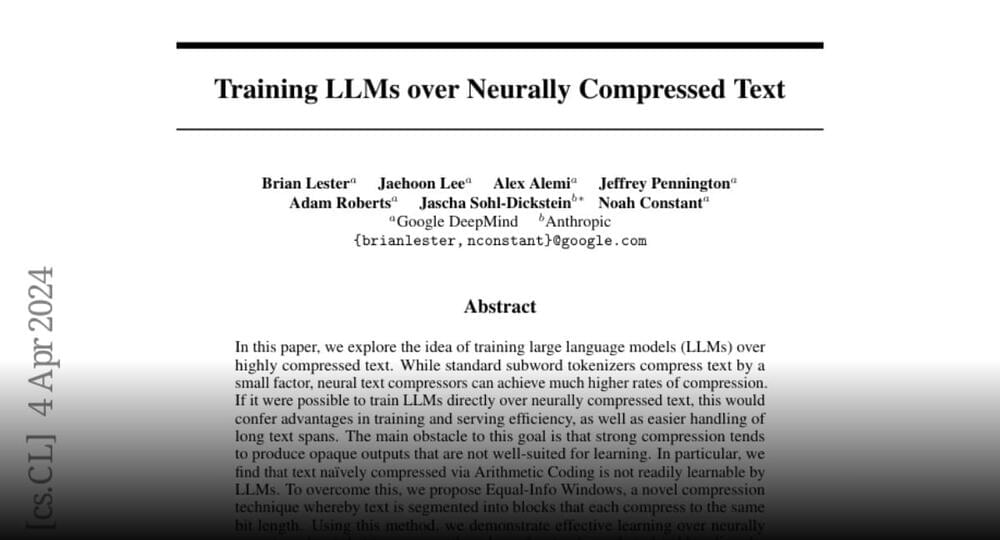Eliminating mistakes about eliminative materialism.
Shared with Dropbox.


Get Free TESLA Milestone Tables My website: https://www.TeslaInvestor.comCheck out 15+ modules of resources for the $TSLA InvestorJoin this channel or Patreo…



Google announces Training LLMs over Neurally Compressed Text.
https://huggingface.co/papers/2404.
In this paper, we explore the idea of training large language models (#LLMs) over highly compressed text.
Join the discussion on this paper page.

Newly discovered HTTP/2 protocol vulnerabilities called “CONTINUATION Flood” can lead to denial of service (DoS) attacks, crashing web servers with a single TCP connection in some implementations.
HTTP/2 is an update to the HTTP protocol standardized in 2015, designed to improve web performance by introducing binary framing for efficient data transmission, multiplexing to allow multiple requests and responses over a single connection, and header compression to reduce overhead.
The new CONTINUATION Flood vulnerabilities were discovered by researcher Barket Nowotarski, who says that it relates to the use of HTTP/2 CONTINUATION frames, which are not properly limited or checked in many implementations of the protocol.


